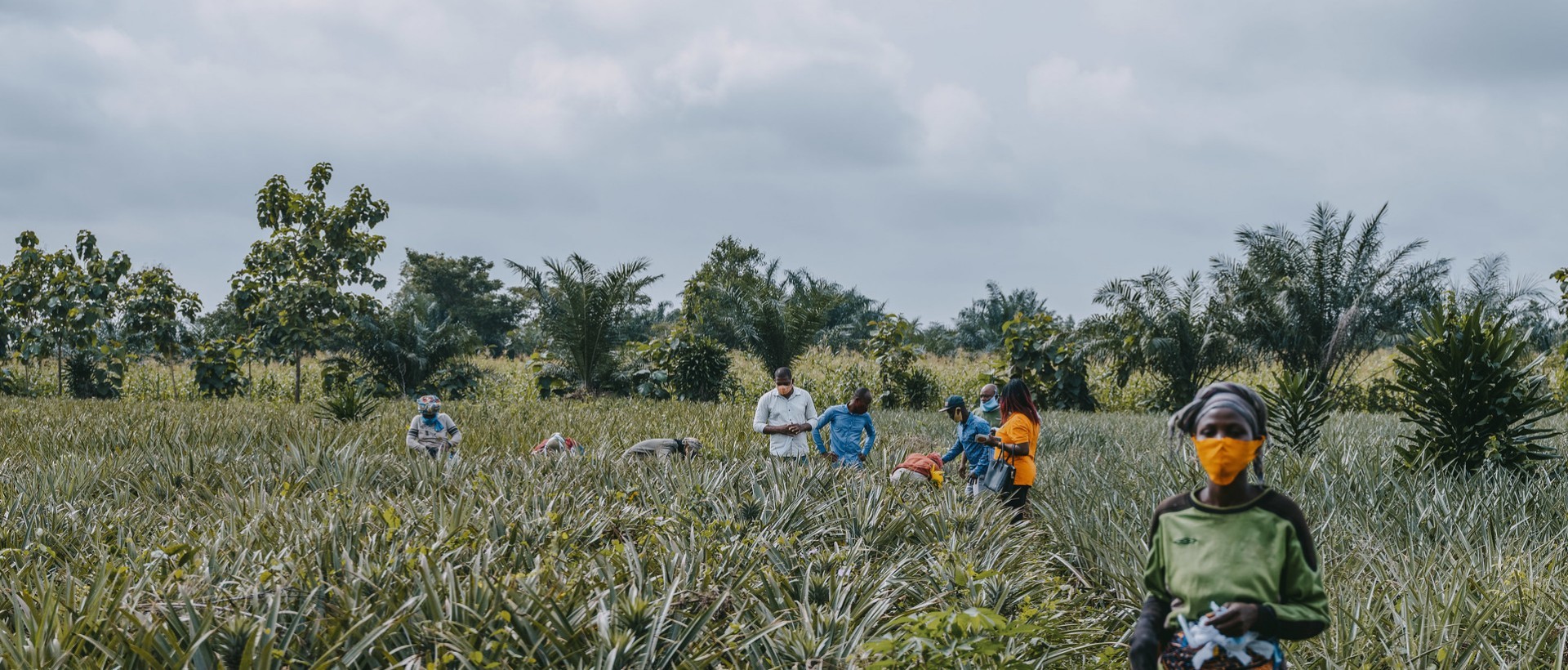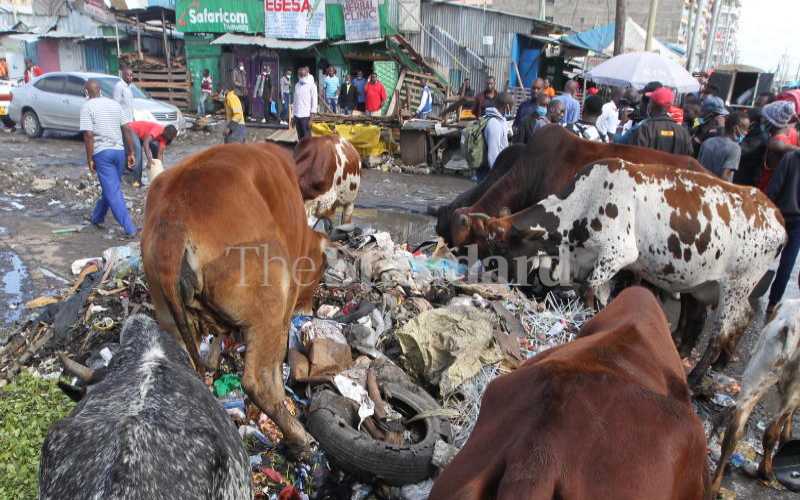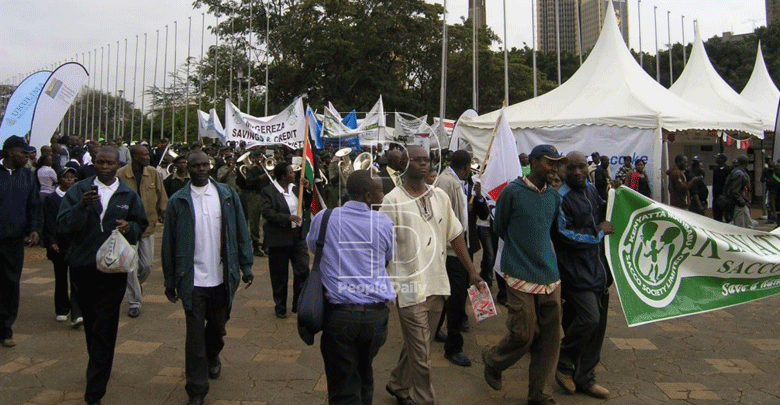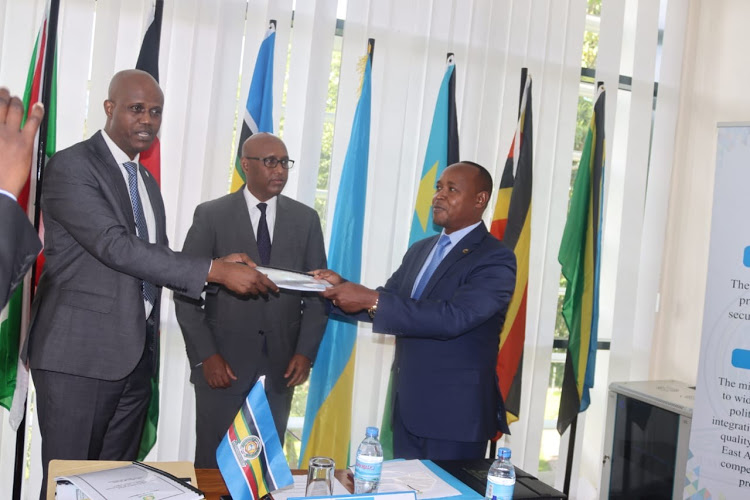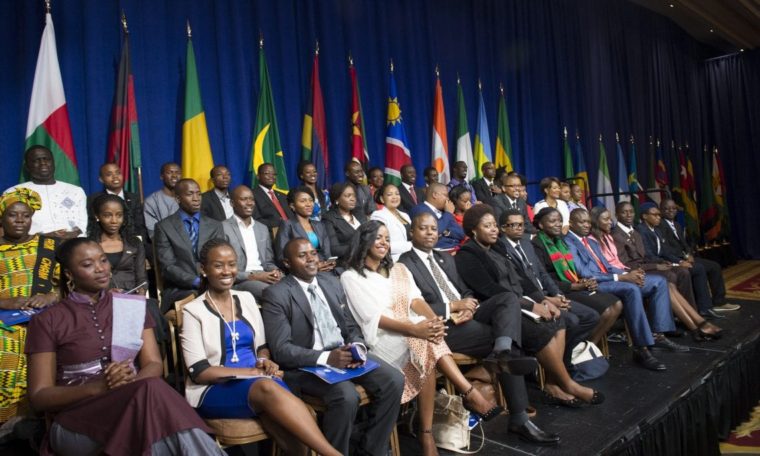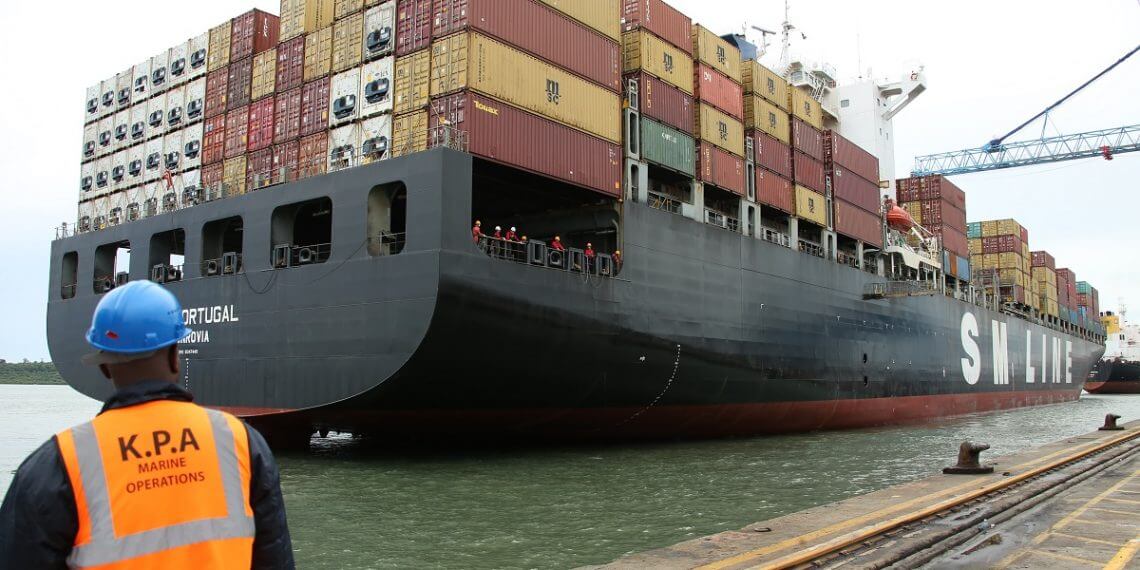There are 42 currencies in Africa which makes it difficult to easily transact between countries due to conversion needs which create a lot of inconveniences. This challenge may however be a thing of the past if plans to have a uniform payment and settlement platform sail through under the African Continental Free Trade Area (AfCFTA). The secretariat has announced seeking ways to ease the burden of doing business using 42 currencies on the continent which is a major boost to trade under the trade agreement. The AfCFTA secretariat is working with the African Export-Import Bank (Afreximbank) to develop a pan-African payment and settlement platform which will help overcome the challenge posed by the multiplicity of currencies on the continent. AfCFTA Secretary-General Wamkele Mene notes that a uniform payments platform will eliminate the costly process of converting currencies which contributes to the inefficient trade patterns on the continent. In addition to this good news, the Covid-19 pandemic was a silver lining for Africa’s integration since the continent has to create its own solutions to its problems. As such, Africa needs not only to harmonise its financial systems but also step up productive and infrastructural integration. The African Regional Integration Index (ARII) which provides up-to-date data on the status of regional integration in Africa and assesses the level of integration for every regional economic community and its member countries shows that Africa needs to do more to integrate its systems into the different sectors of the economy. ARII is a joint publication...
AfCFTA, common currency and migration
Posted on: April 27, 2021
Posted on: April 27, 2021


